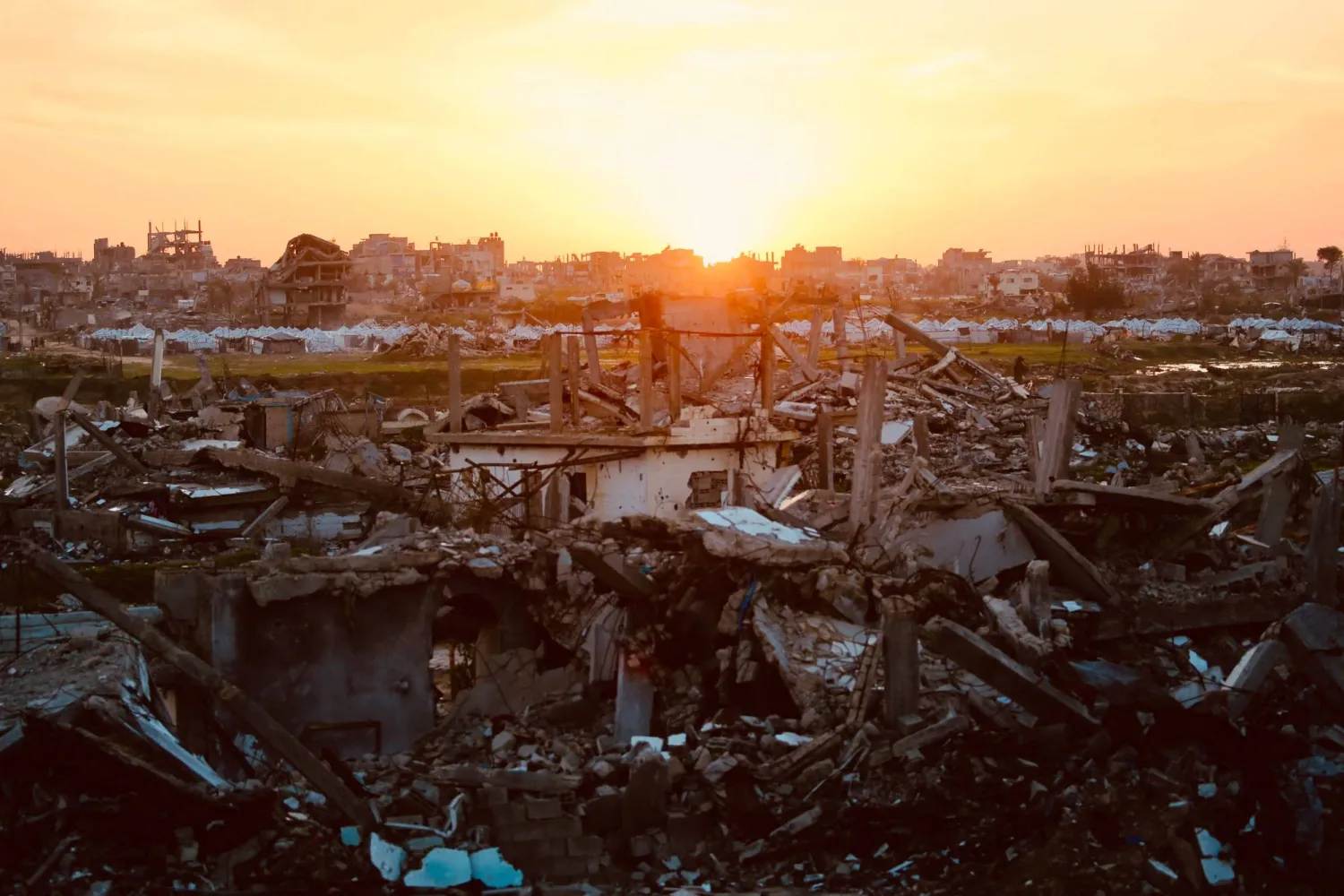Over 40,000 people have died in Sudan’s ongoing conflict between the army and Rapid Support Forces (RSF) since April last year, according to Ahmed Abbas, spokesperson for the independent Sudan Doctors’ Union.
Abbas believes the actual number could be higher, as many deaths go unreported and bodies remain unaccounted for.
Accurate casualty counts are challenging, but UN and human rights estimates suggest around 12,000 deaths by late December.
Speaking to Asharq Al-Awsat, Abbas broke down the numbers: 20,000 killed in direct clashes, 16,000 due to lack of medical care and starvation, and around 4,000 in El Fasher, North Darfur.
A UN report from January estimated 10,000 to 15,000 deaths in Geneina, West Darfur.
Abbas described Sudan’s health system as “collapsed,” worsening with the rainy season and outbreaks of malaria, dengue, measles and other diseases.
He noted that “80% of health services are non-functional, and the rest lack essential supplies and medications amid ongoing water and electricity outages.”
The ongoing conflict in Sudan has completely destroyed 28 hospitals and health centers, and forced the evacuation of 22 medical facilities, some now occupied by warring forces, according to Abbas.
Abbas described the health situation in El Fasher and nearby areas as “extremely critical” due to a siege by the RSF. He warned that more civilians will die without urgent help.
Since fighting began in El Fasher in May, over 4,000 people have been killed and more than 5,000 injured, he revealed, adding that the actual toll is likely higher.
Last week, 13,000 civilians fled El Fasher due to violence, including killings, rapes, and looting. Abbas said the overall situation in Darfur is now worse than during the 2003 crisis, with a full-scale humanitarian disaster developing.
Abbas also reported hundreds of rapes of women and girls, noting that many survivors have not come forward due to fear, social stigma, or lack of treatment centers.
Salima Ishaq, director of Sudan's Combating Violence Against Women Unit, documented 191 cases of sexual violence since the war began, with the highest rates in RSF-controlled areas.
Abbas revealed that over 58 doctors have been killed in the conflict, with many others arrested, tortured, or interrogated.
Attacks on medical workers in conflict-ridden Sudan have forced some aid organizations to leave or stop operations in regions like Gezira and El Fasher, he added.
Médecins Sans Frontières (Doctors Without Borders) is among those affected.
The RSF has blocked humanitarian aid from reaching civilians in some areas under its control, while a d arriving via Port Sudan has not been distributed to those in need and instead ended up on the black market, Abbas added.
He called on the international and regional communities to coordinate aid distribution with medical organizations and local service committees, and to establish aid centers in neighboring countries to ensure help reaches those who need it most.









